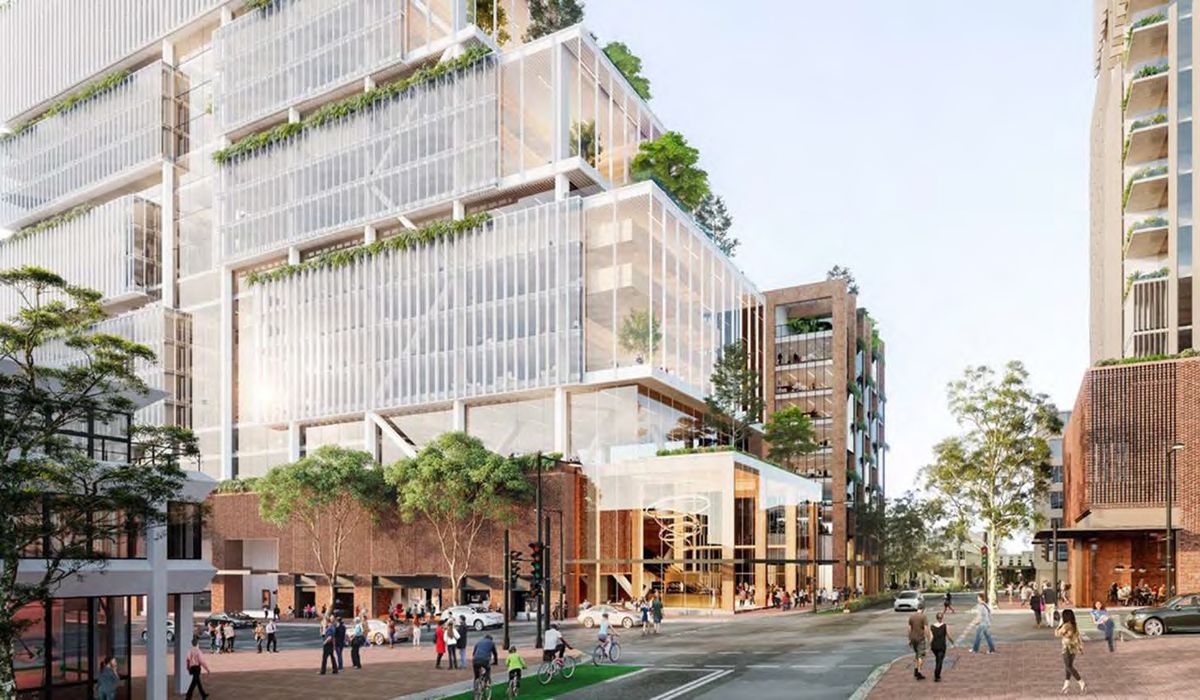
NSW Government Creates Billion Dollar Property Pipeline
NSW Government Creates Billion Dollar Property Pipeline
Government Creates Secret Billion Dollar Property Pipeline
In my 25 years building digital trading systems, I've learnt to recognise when policy, funding, and market timing create genuine structural opportunities.
NSW's transit-oriented development framework represents exactly that moment.
A systematic, government-backed pathway to commercial real estate returns that most investors haven't recognised yet.
NSW Locks in $55 Billion Transport Infrastructure Commitment
The NSW Government has committed over $55 billion to transport infrastructure through 2034, with Sydney Metro representing the largest public transport project in Australian history.
The TOD planning controls that commenced on 13 May 2024 now apply to 29 precincts, with remaining locations rolling out progressively through 2025.
The rezoning around transport hubs will create capacity for nearly 60,000 new homes over 15 years. The commercial opportunities significantly exceed residential development potential.
When I was building CBA's global foreign exchange system that scaled from zero to $8 billion turnover in two years, we understood that regulatory certainty drives institutional capital allocation.
NSW has created exactly that framework for commercial real estate development.
Market Data Validates the Investment Thesis
Castle Hill, with its metro station, delivered a 72% property value increase over ten years compared to neighbouring Baulkham Hills' 49% growth.
Crows Nest recorded 79% capital value growth versus Cammeray's 62%.
The pattern is consistent: being within 400 metres of a train station traditionally increases Sydney land values by an average of 4.5%, with Metro suburbs showing a 5% increase in value growth over the last 10 years.
For commercial mortgage brokers, this represents measurable risk mitigation. Properties with government-guaranteed foot traffic through public transport demonstrate predictable demand fundamentals that traditional location analysis can't match.
Systematic Pipeline Creation Across Greater Sydney
Sydney Metro City & Southwest opens 30 new stations by 2025. Metro West adds 24 stations through to Parramatta by 2030. Western Sydney Airport line creates entirely new development corridors.
Each station represents roughly 50 hectares of developable land within the 400-metre TOD radius, with government policy mandating higher density mixed-use development.
From a CFO perspective, this represents structured development opportunities with built-in demand drivers rather than speculative property investment.
The pipeline is funded, approved, and under construction.
Why This Matters for Commercial Mortgage Brokers
Traditional commercial lenders often struggle with TOD complexity. Mixed-use projects require different risk assessment frameworks. Strata financing across commercial and residential components demands specialised expertise.
During my time managing foreign exchange trading for Citibank Australia, I observed how regulatory complexity creates blue ocean opportunities for specialists whilst generalists struggle with structural changes.
The same dynamic applies to TOD financing.
Government backing reduces default risk whilst complexity maintains higher margins. Brokers who develop TOD competency can access deals that generalist competitors cannot structure effectively.
Global Commercial Real Estate Context
The global commercial real estate market reached $7.44 trillion in 2024, projected to grow at 3.44% annually to $9.11 trillion by 2033.
Within this massive global context, NSW's TOD opportunity represents a structured subset with superior risk-return characteristics compared to general market conditions.
Hong Kong's MTR Corporation generated average returns above 15% through rail-plus-property development over 40 years. Singapore achieved similar results with integrated transport and housing planning.
NSW is implementing proven international models with local regulatory backing and government funding certainty.
Current Market Timing Creates Entry Window
CBRE reports a 13% rise in commercial real estate lending in Q3 2024, with the CBRE Lending Momentum Index rising 13% from Q2 2024 and 15% year-over-year.
Cross-regional commercial real estate investment increased 31% year-over-year to US$37 billion in H2 2024, the highest half-year total since H2 2022.
This demonstrates improving global commercial real estate investment conditions, creating favourable timing for TOD projects.
Lender Risk Profiles Improve with TOD Projects
Traditional commercial lending relies on location fundamentals. TOD precincts have government-guaranteed foot traffic through public transport patronage.
Daily patronage across Sydney trains exceeds 1.3 million trips. Each metro station generates between 15,000-40,000 daily passenger movements.
For lenders, this represents measurable, predictable demand supporting both commercial and residential tenancy. Default risk decreases when underlying demand stems from government-backed infrastructure usage.
Loan-to-value ratios on TOD projects can be more aggressive because government investment guarantees the primary demand driver.
Implementation Strategy by Stakeholder
Real Estate Investors: Identify TOD precincts in council development strategies, particularly around future metro stations. Focus on mixed-use sites within 400-metre walking distance of confirmed transport infrastructure.
Commercial Mortgage Brokers: Develop relationships with lenders who understand strata financing and mixed-use development. The complexity creates higher margins for specialists who can structure deals that generalists cannot.
CFOs: Consider TOD exposure as portfolio diversification with government infrastructure correlation. The risk-return profile differs materially from traditional commercial property categories.
The key is moving before institutional capital recognises the systematic opportunity and reduces entry possibilities.
Forward-Looking Predictions
Based on my experience, I believe institutional investors will recognise TOD as a distinct asset class within 24 months.
Commercial lending will develop specialised TOD products as lenders understand the government-backed demand characteristics. This creates financing advantages for projects near confirmed transport infrastructure.
Property values within TOD precincts will outperform broader commercial real estate markets by 15-25% over the next decade, driven by systematic government infrastructure investment rather than market speculation.
The opportunity reflects measurable development potential across confirmed metro expansion. Individual projects may generate modest returns, but aggregate opportunity spans two decades of systematic urban development.
NSW has created a regulated pathway to premium commercial property returns with government-backed demand certainty.
The opportunity is hiding in plain sight around every future metro station.
References
NSW Government Transport Investment & Policy
NSW Department of Planning and Environment – Transport Oriented Development Program. Published 2024. https://www.planning.nsw.gov.au/policy-and-legislation/housing/transport-oriented-development-program/transport-oriented-development
NSW Department of Planning and Environment – Accelerated Precincts Housing Capacity. Published 2024. https://www.planning.nsw.gov.au/policy-and-legislation/housing/transport-oriented-development-program/accelerated-precincts
Market Data & Property Price Impact
Buyers Domain – Sydney Metro Property Price Impact Analysis. Published 2024. https://buyersdomain.com.au/buying-real-estate-sydney/what-the-new-metro-will-do-for-property-prices-in-sydney/
Local Agency Co. – Sydney Metro Property Values Research. Published 2024. https://localagencyco.com/sydney-metro-property-values-how-sydneys-new-train-network-is-moving-local-property-prices/
Commercial Real Estate Market Reports
Spherical Insights – Global Commercial Real Estate Market Report 2024-2035. Published 2024. https://www.sphericalinsights.com/blogs/discover-top-10-commercial-real-estate-market-companies-driving-innovation-and-market-growth-report-2024-2035
CBRE – H2 2024 Global Real Estate Capital Flows. Published 2024. https://www.cbre.com/insights/reports/h2-2024-global-real-estate-capital-flows

